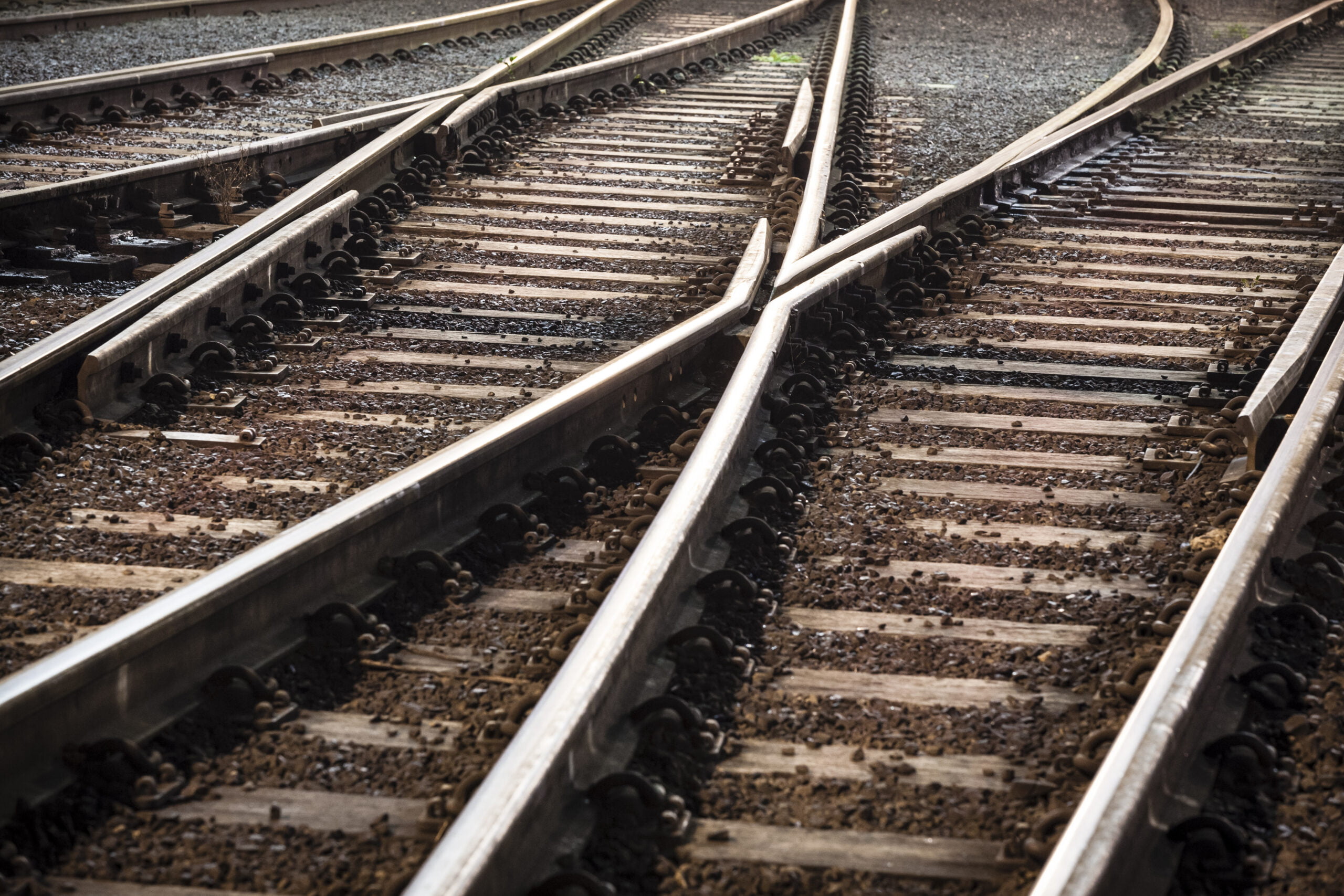Here you can find further information about the West Railway and its impact.
What is the West Railway?
The West Railway is a new railway line that is being planned between Helsinki and Turku.
The new Helsinki–Turku rail link comprises four separate sections: the Espoo regional railway line, the direct Espoo–Salo railway line, the Salo–Turku railway line and the development of various parts of the Turku railway yard area.
The project company West Railway Ltd facilitates the planning and construction of the direct Espoo–Salo railway line and the Salo–Turku railway line. The project company is not responsible for the Espoo regional railway line nor the development of the Turku railway yard area.
Why do we need the West Railway?
The West Railway provides a fast, reliable rail link for more than one million people and is the most viable mobility solution in Southern Finland for the next one hundred years.
There is a motorway between Turku and Helsinki, but its capacity is limited and congestion is already an everyday occurrence especially near the cities. Commuter train traffic from the areas of Lohja, Vihti and Kirkkonummi, enabled by the new rail link, will reduce the congestion of motor traffic in the Helsinki Metropolitan Area. The train will become a genuine alternative to passenger cars for an increasing number of people.
The Coastal Railway plays an important role as an enabler of railway traffic in the region, but it cannot achieve the impact of the West Railway, not even with billions of euros of development investments. Development of the Coastal Railway is important, but it is not an alternative to the West Railway.
What will the travel time between Turku and Helsinki be?
With the new rail link, the time it takes to travel by train between the Helsinki Central Railway Station and the Turku Railway Station will be reduced from almost two hours to 78 minutes at the fastest.
The West Railway makes it possible to open up to 16 new stations for commuter trains between Helsinki and Turku. The rail connection will therefore provide new opportunities to travel by commuter train for half a million Finns.
Which parties are involved?
The shareholders of the project company during the planning stage are the Government of Finland, the cities of Turku, Espoo, Helsinki, Salo and Lohja, and the municipalities of Vihti and Kirkkonummi.
The rail link is part of the Trans-European Transport Network, and the EU has granted funding for the planning stage.
How much will the West Railway cost?
The estimated investment cost for the entire railway link is approximately 2.8–3.0 billion euros. The total cost of the next phase of the project (construction planning and construction of the Espoo–Hista and Salo–Hajala connections) is roughly 600 million euros.
The cost estimates will become more accurate as planning progresses.
When could the new line be put into service?
The company aims to have the entire new line from Turku to Helsinki ready for service by the early 2030s. The first phases of construction, Espoo–Hista and Salo–Hajala, will be completed in 2028.
Why is the project managed by a project company?
The performance of the transport system is directly linked to Finland’s competitiveness and success. Development also requires substantial investments in projects. Building a new railway link alone within the government’s budgetary framework is not easy. New solutions and funding options are needed.
The advantage of having a project company is the ability to combine state and municipal resources. The project company model is a new, collaborative way of planning, implementing and funding large railway investments for the benefit of society as a whole. The project company model is one way of completing important projects in a timely manner.


